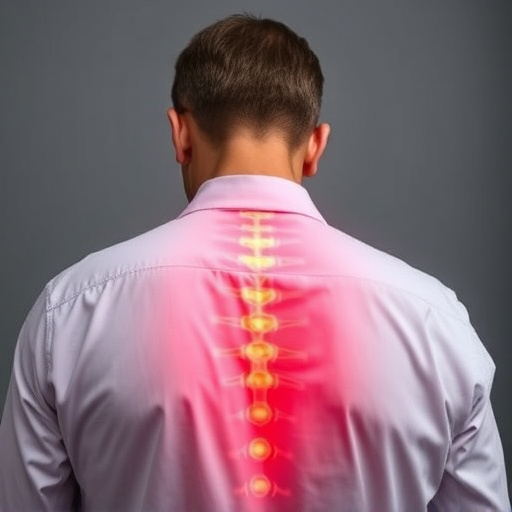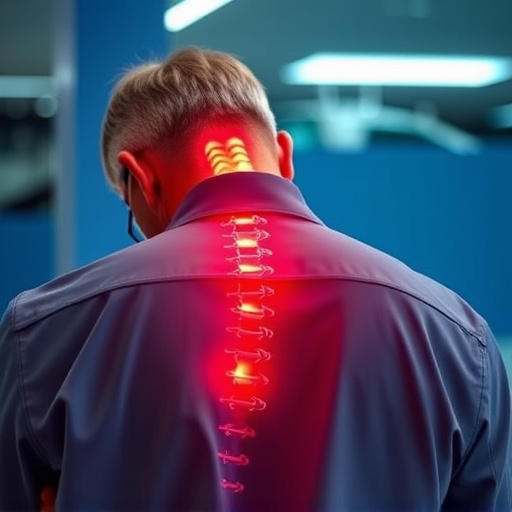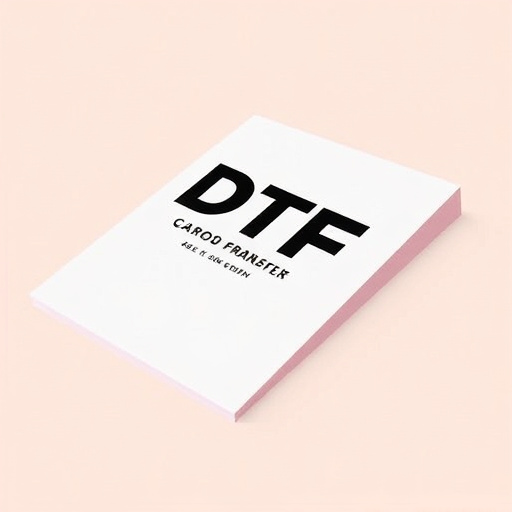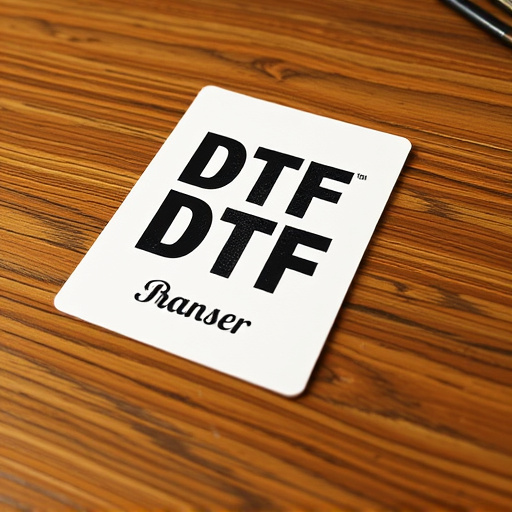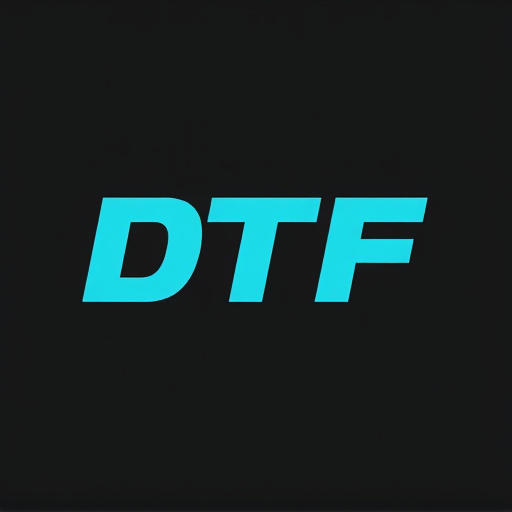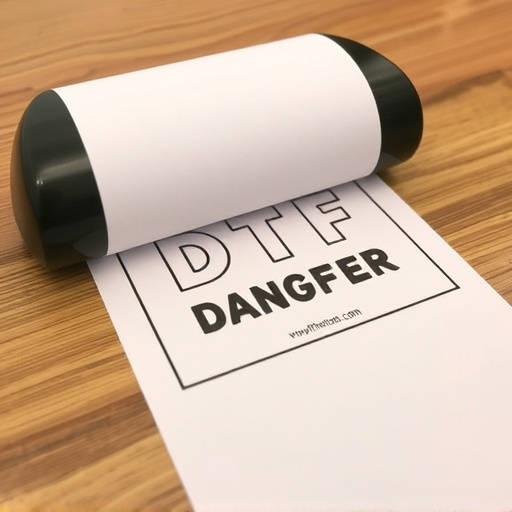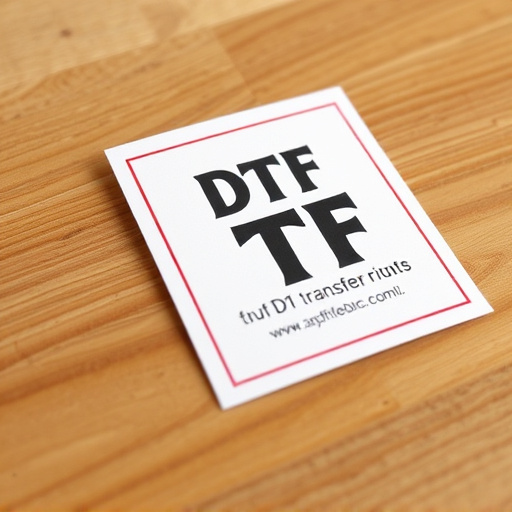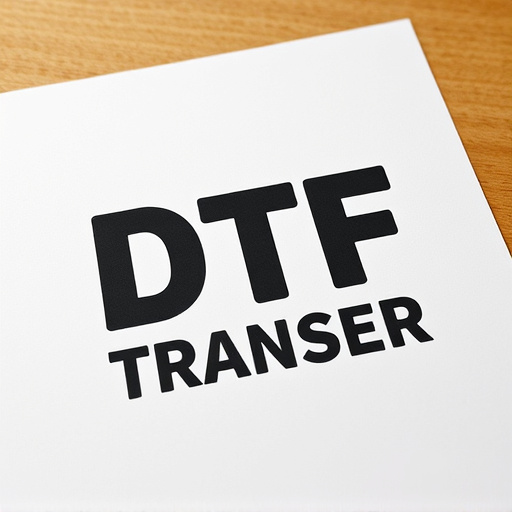Direct-to-film (DTF) transfers revolutionize 3D printing with unparalleled precision and quality. Dimensional categorization is key: wider transfers for large-scale prints, taller ones for intricate details, and thickness variations for diverse uses. Thread count influences detail reproduction, while film thickness affects durability. DTF has evolved to include flexible substrates and specialized inks, offering intricate designs on plastics, metals, cloth, and foam. Best practices include high-resolution files, regular equipment calibration, and testing settings. Future advancements promise enhanced accuracy, automated systems, and AI integration, boosting DTF printing accessibility and versatility across industries.
Direct-to-film (DTF) transfers have revolutionized various industries by enabling precise and high-quality printing on a wide range of materials. This article delves into the intricate world of DTF technology, focusing on a critical aspect often overlooked: dimensional measurements. We explore how these measurements categorize DTF transfers, impact print quality, and drive applications across different sectors. From understanding the fundamentals to future trends, this guide offers insights for professionals seeking optimal DTF printing solutions.
- Understanding Direct-to-Film (DTF) Transfers: A Foundation for Dimensional Accuracy
- Categorizing DTF Transfers by Measurements: A Comprehensive Guide
- The Impact of Dimensional Specifications on Print Quality and Applications
- Techniques and Technologies in DTF Printing for Diverse Material Requirements
- Best Practices for Ensuring Precise DTF Prints: Tips from the Experts
- Future Trends in DTF Transfer Technology: Enhancing Dimensional Precision
Understanding Direct-to-Film (DTF) Transfers: A Foundation for Dimensional Accuracy

Direct-to-film (DTF) transfers are a cutting-edge printing process that offers unparalleled precision and quality for creating three-dimensional objects from digital models. This innovative technique directly applies layers of material to a build plate, layer by layer, until the object is fully formed. Understanding DTF’s foundational principles is crucial for achieving dimensional accuracy in prints.
The DTF transfer process begins with slicing software that divides a 3D model into thin layers. Each layer acts as a blueprint, guiding the printing head or nozzle to deposit specific amounts of material—often photopolymers—in precise patterns. This controlled deposition ensures that each layer precisely builds upon the previous one, resulting in accurate dimensional representation. DTF Printing thus allows for intricate details and complex geometries to be reproduced with remarkable fidelity, making it a preferred method for creating prototypes, models, and even end-use parts.
Categorizing DTF Transfers by Measurements: A Comprehensive Guide
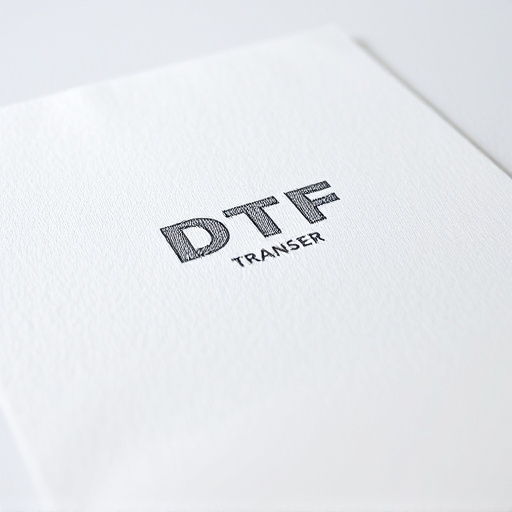
Direct-to-film (DTF) transfers are categorized by their dimensional measurements, providing a comprehensive guide for both creators and printers. This system allows for precise identification of different types of DTF prints, ensuring optimal results in terms of quality and application. The primary categorizations involve width, height, and thickness, with each measurement playing a crucial role in determining the suitability of a transfer for specific projects.
For instance, wider DTF transfers are ideal for large-scale printing or creating bold designs, while taller ones excel in intricate details and fine art reproduction. Thickness also varies, offering options from thin, flexible films suitable for delicate applications to thicker materials better suited for robust, industrial uses. Understanding these dimensions is key to selecting the perfect DTF transfer, aligning it with intended use, and guaranteeing exceptional print outcomes.
The Impact of Dimensional Specifications on Print Quality and Applications

The dimensional specifications of a DTF transfer play a pivotal role in determining the print quality and suitable applications for DTF printing. Each dimension, from thread count to film thickness, influences the intricate details, color accuracy, and overall sharpness of the final DTF prints. Higher thread counts, for instance, offer finer line reproduction and are ideal for complex designs with tiny details. Conversely, lower thread counts might be more suitable for larger-scale artwork or text where crispness is paramount.
Moreover, film thickness contributes to both durability and print fidelity. Thicker films can withstand more handling and environmental stress while preserving fine lines and textures. This makes them ideal for applications requiring longevity and outdoor exposure. Conversely, thinner films offer better flexibility, making them suitable for specialized printing needs like textile or flexible substrates where conformability is crucial. Understanding these dimensional considerations ensures that DTF prints meet the specific requirements of various projects, from promotional merchandise to artistic expressions.
Techniques and Technologies in DTF Printing for Diverse Material Requirements

Direct-to-film (DTF) transfers have evolved significantly, offering a range of techniques and technologies to cater to diverse material requirements. This method involves printing directly onto film or other flexible substrates, enabling various applications from packaging to signage. The process utilizes specialized inks and equipment, ensuring precise color reproduction and high-quality prints.
Modern DTF printing leverages advanced machines with improved resolution and precision, allowing for intricate designs and detailed graphics. Different ink types, such as UV-curable and solvent-based inks, are employed based on the desired outcome and material compatibility. This versatility enables the creation of DTF prints suitable for various surfaces, from rigid materials like plastics and metals to flexible options like cloth and foam.
Best Practices for Ensuring Precise DTF Prints: Tips from the Experts
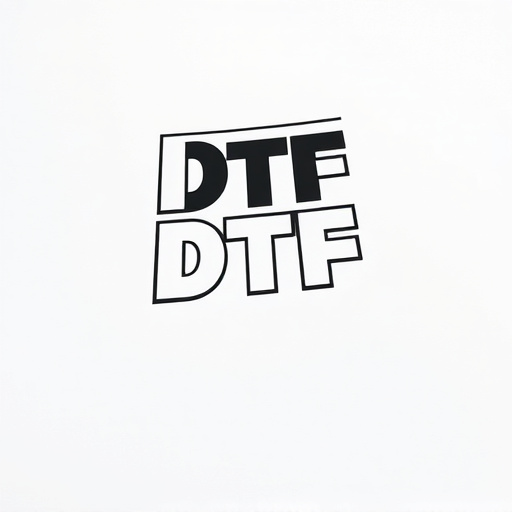
Direct-to-film (DTF) transfers require meticulous attention to detail to ensure precise and high-quality prints. The process, while seemingly straightforward, demands a nuanced approach to capture the intricacies of the original art accurately. Experts in the field offer valuable insights on best practices for achieving flawless DTF results.
One crucial tip is to start with high-resolution source files, ensuring every line, shade, and texture is crisp and clear. Calibrating your equipment regularly is also essential; this includes adjusting printers, scanners, and color profiles to maintain consistent accuracy across batches. Additionally, utilizing specialized DTF printing papers designed for optimal ink adhesion and color vibrancy can significantly enhance the final product. Experts emphasize the importance of testing different settings and techniques before committing to a full print run, allowing artists to fine-tune their process and anticipate potential issues.
Future Trends in DTF Transfer Technology: Enhancing Dimensional Precision

As technology advances, direct-to-film (DTF) transfer processes are expected to become even more precise and efficient. Future trends suggest an enhanced focus on dimensional accuracy, allowing for incredibly detailed and exact DTF prints. With advancements in imaging and printing techniques, manufacturers can achieve remarkable resolution and fidelity when transferring designs to various media. This precision is particularly beneficial for intricate patterns, fine lines, and small text, ensuring that the final product closely mirrors the original design intent.
Moreover, automated systems and AI-driven software will play a pivotal role in refining DTF transfer technology. These innovations promise improved consistency, faster production times, and reduced human error, making DTF Printing more accessible and cost-effective for various industries. The trend towards higher dimensional precision is set to elevate the quality and versatility of DTF transfers, opening up new possibilities for creative applications across multiple sectors.
